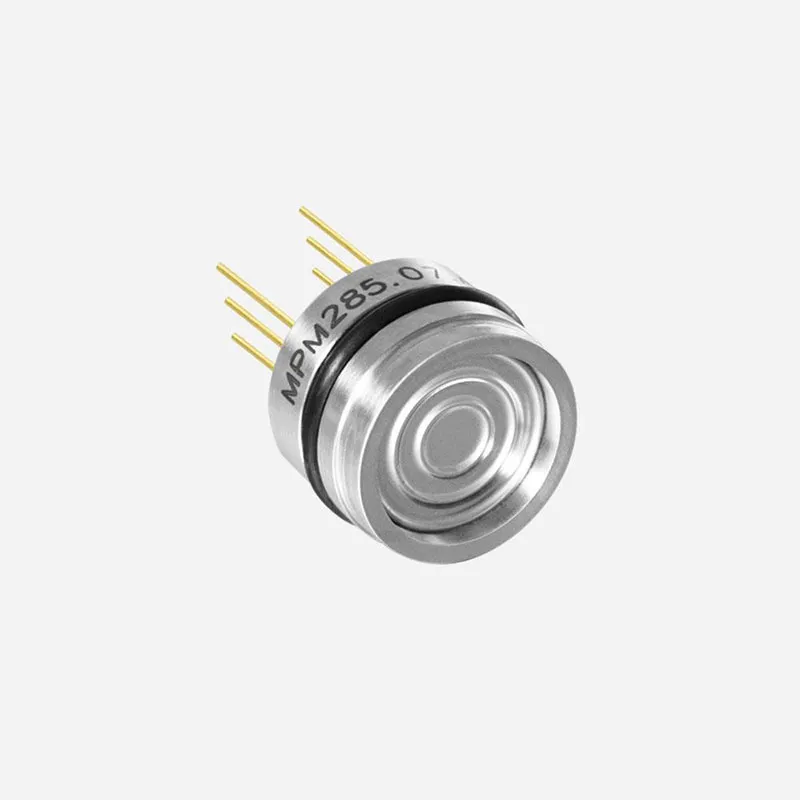Pressure and Temperature Sensor
Φ19×11.5mm
Pressure range: 0bar~0.35bar…1000bar
Gauge, absolute, sealed gauge
MPM285
Used For
Industrial Process Control, Gas & Liquid Pressure Measure, Pressure Checking Meter & Pressure Calibrator, Liquid Pressure System and Switch
Leave a MessageMPM285 oil-filled pressure sensor employs a silicon die known for its exceptional stability, a corrugated diaphragm made of stainless steel 316L, and a sturdy housing crafted from stainless steel 316L. The compact construction and size of the oil pressure transducer are suitable and applicable for limited installation space working site. It also can measure the medium compatible with stainless steel and FKM.
Feature
• Cost Effective, Small size
• Chip from international famous brand
• Laser Trimming for temperature compensation
• Pressure range: 0bar~1bar…35bar
• Gauge, Sealed gauge and Absolute
Electrical Performance
• Electrical connection: Φ0.5mm Kovar pin or 100mm silicon rubber flexible wires
• Common mode voltage output: 50% of input (typ.)
• Input impedance: 2.5kΩ~5kΩ
• Output impedance: 3.5kΩ~6kΩ
• Response (10%~90%): <1ms
• Insulation resistor: 100MΩ@100V DC
• Overpressure: 2 times FS
Construction Performance
• Diaphragm: Stainless steel 316L
• Housing: Stainless steel 316L
• Pin: Kovar
• O-ring: FKM
• Net weight: ~10g
Image:
MPM285 oil-filled pressure sensor employs a silicon die known for its exceptional stability, a corrugated diaphragm made of stainless steel 316L, and a sturdy housing crafted from stainless steel 316L. The compact construction and size of the oil pressure transducer are suitable and applicable for limited installation space working site. It also can measure the medium compatible with stainless steel and FKM.
Feature
• Cost Effective, Small size
• Chip from international famous brand
• Laser Trimming for temperature compensation
• Pressure range: 0bar~1bar…35bar
• Gauge, Sealed gauge and Absolute
Electrical Performance
• Electrical connection: Φ0.5mm Kovar pin or 100mm silicon rubber flexible wires
• Common mode voltage output: 50% of input (typ.)
• Input impedance: 2.5kΩ~5kΩ
• Output impedance: 3.5kΩ~6kΩ
• Response (10%~90%): <1ms
• Insulation resistor: 100MΩ@100V DC
• Overpressure: 2 times FS
Construction Performance
• Diaphragm: Stainless steel 316L
• Housing: Stainless steel 316L
• Pin: Kovar
• O-ring: FKM
• Net weight: ~10g
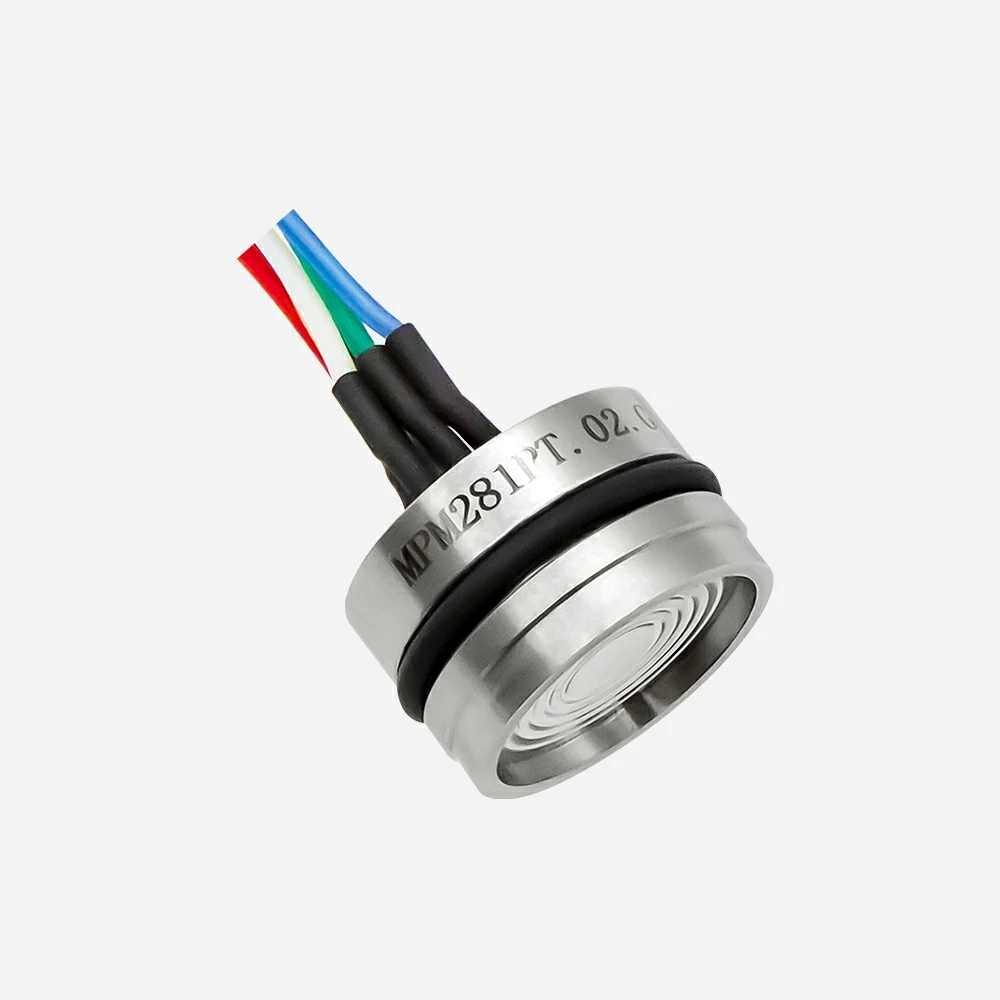
Φ19×11.5mm
Pressure range: 0bar~0.35bar…1000bar
Gauge, absolute, sealed gauge

Φ19mm standard OEM pressure sensor
Pressure range: 0 ~ 0.07bar…35bar
Long-term stability: ± 0.1%FS/Year
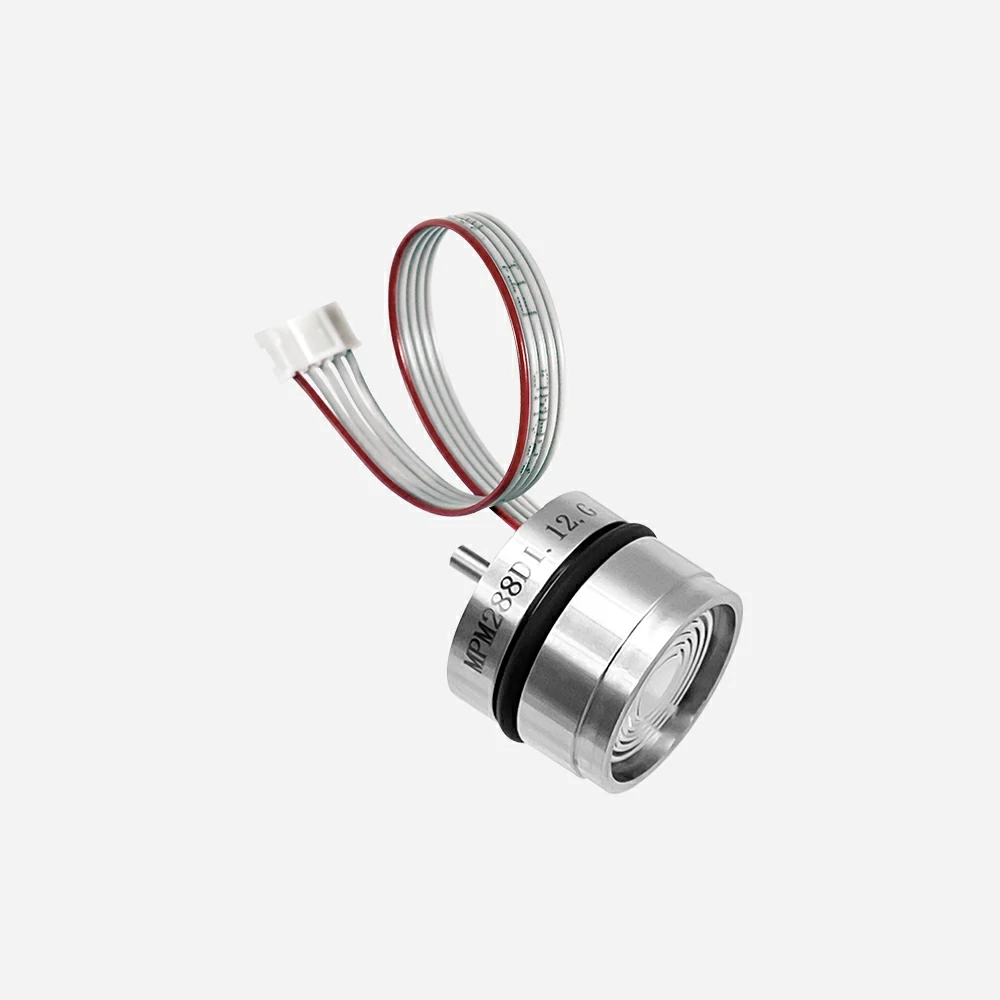
Range: -1bar…0bar~0.35bar…35bar
Output signal: Digital I²C (pressure, temperature)
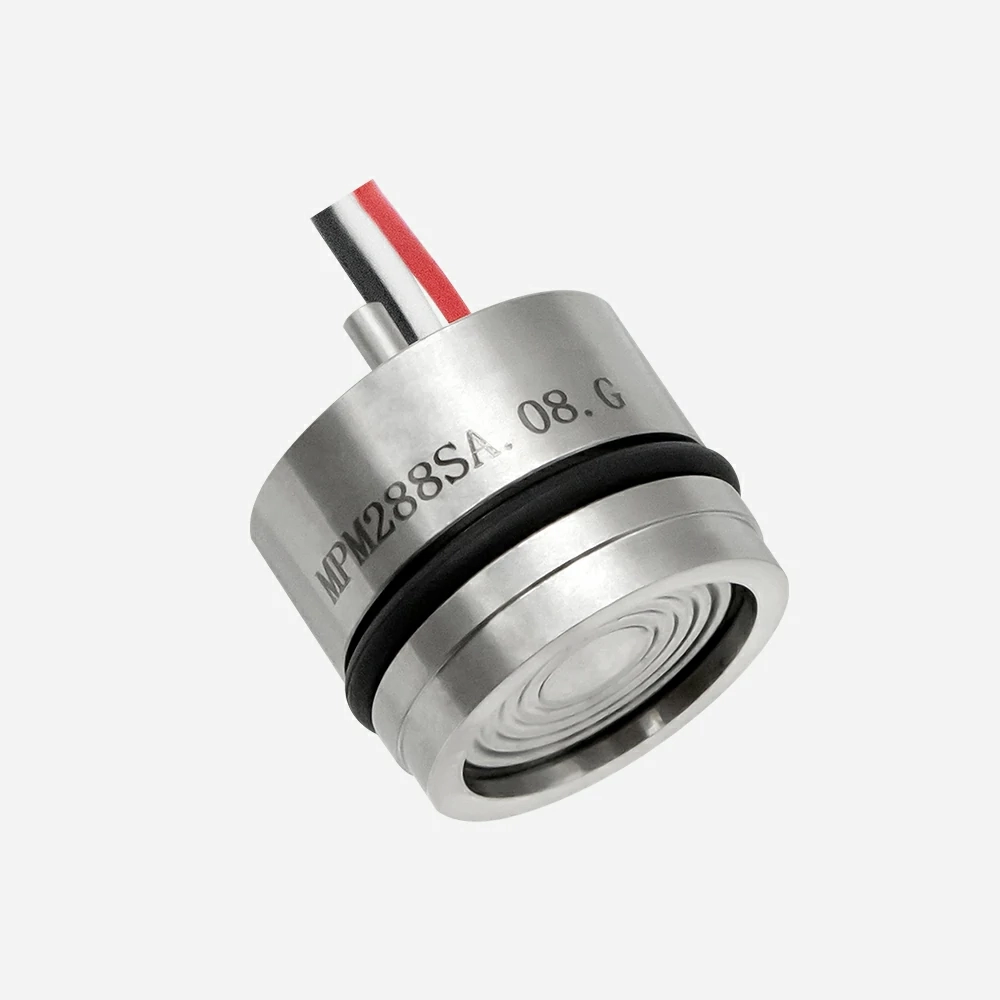
Range: -1bar…-0.35bar ~ 0bar ~0.35bar…700bar
No need for re-calibration for users, high precision
Customizable dimensions
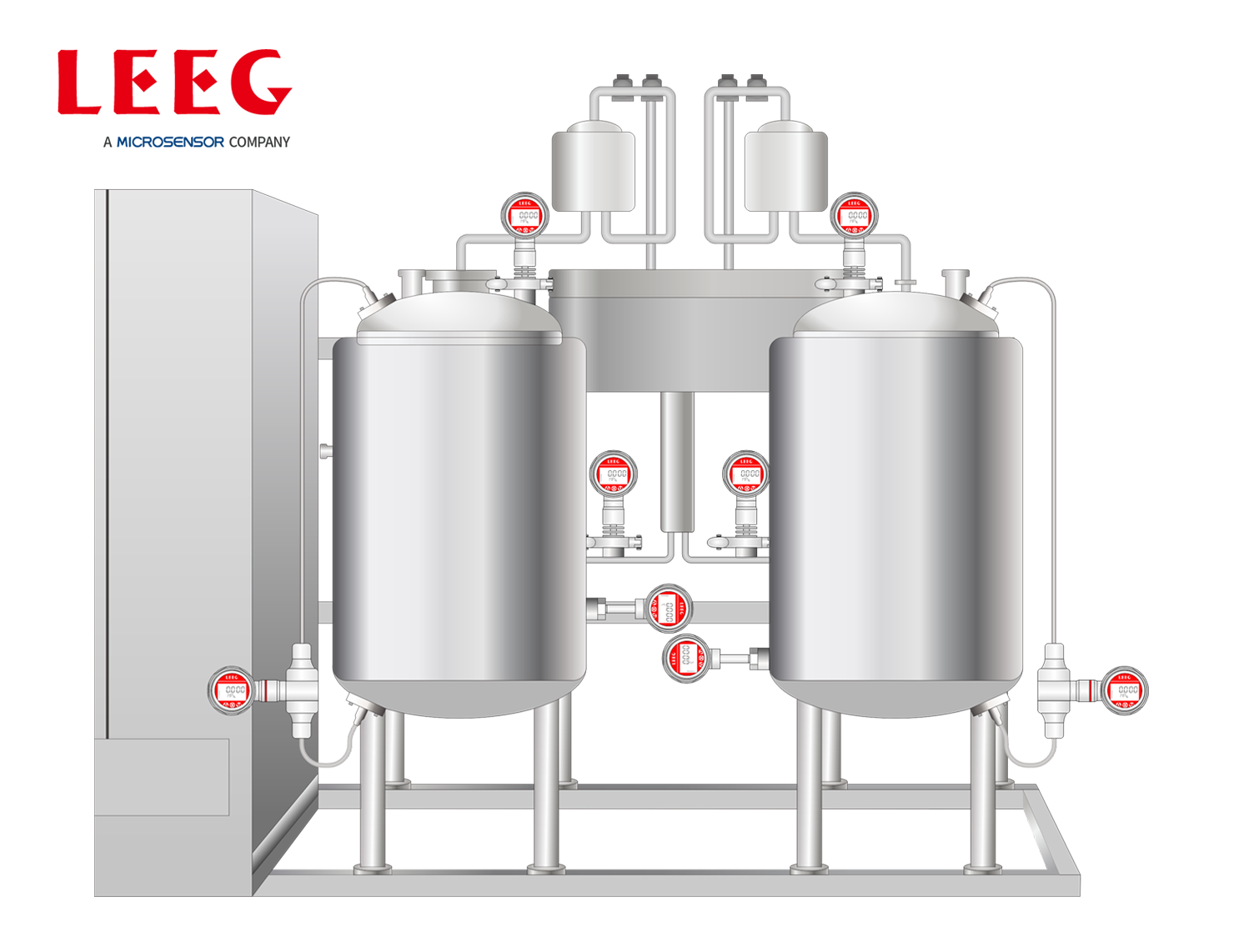
The liquid preparation tank is required to prepare various solvents and basic materials for subsequent production, regardless of whether it is to prepare injections, solutions, or detergents, and it needs to proportion different types of purified water, injection water, sucrose solutions, and suspensions. By measuring the liquid level, the filling and dispensing processes are controlled, and pressure measurement is required for the inlet pipelines of different solutions to prevent tank overflow or empty running through measurement.
more info...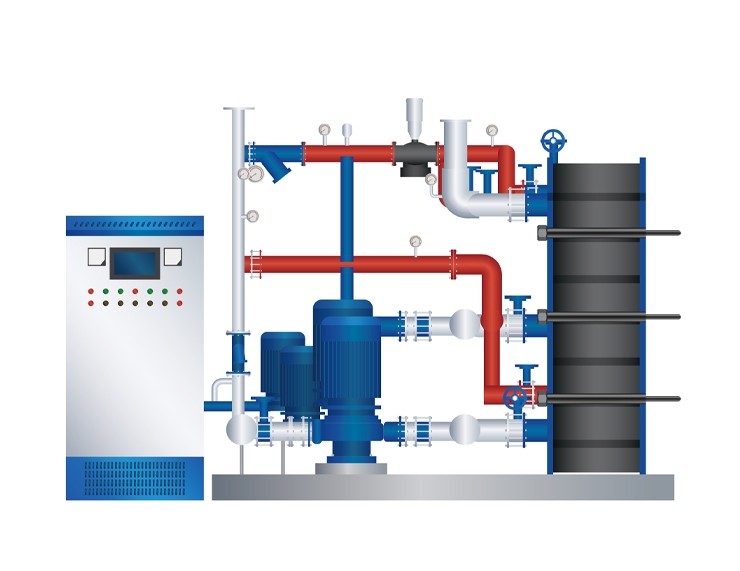
The marine temperature control system uses a refrigerant circulating between the condenser and evaporator to achieve cooling, heating, and dehumidification.
more info...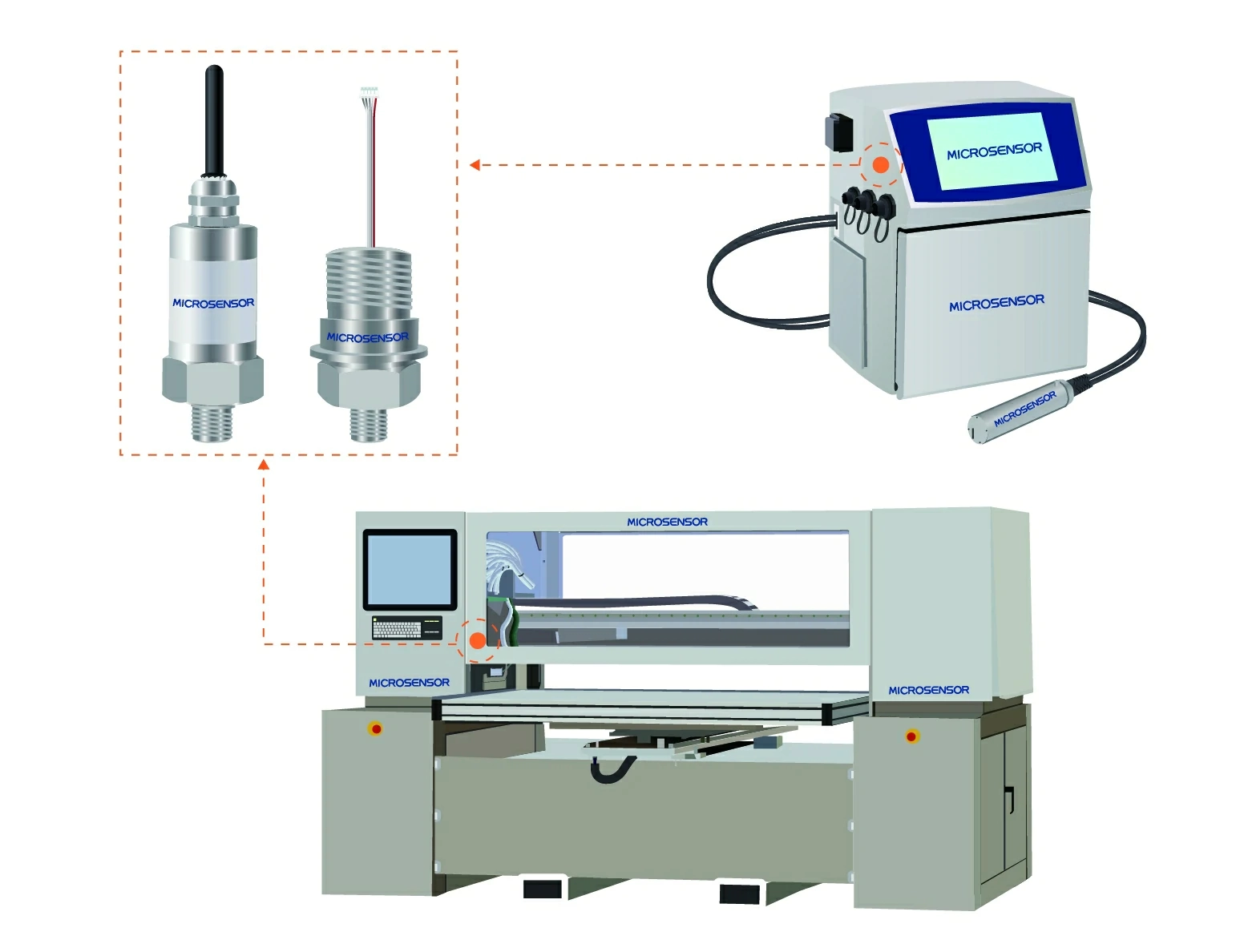
In an inkjet printer, the continuous inkjet state of the ink nozzles ensures print quality. Normal ejection of ink in the nozzle requires continuous application of pressure. The pressure detection component monitors and controls the pressure. High-precision, high-sensitivity pressure sensors control the accurate delivery of ink during printing.
more info...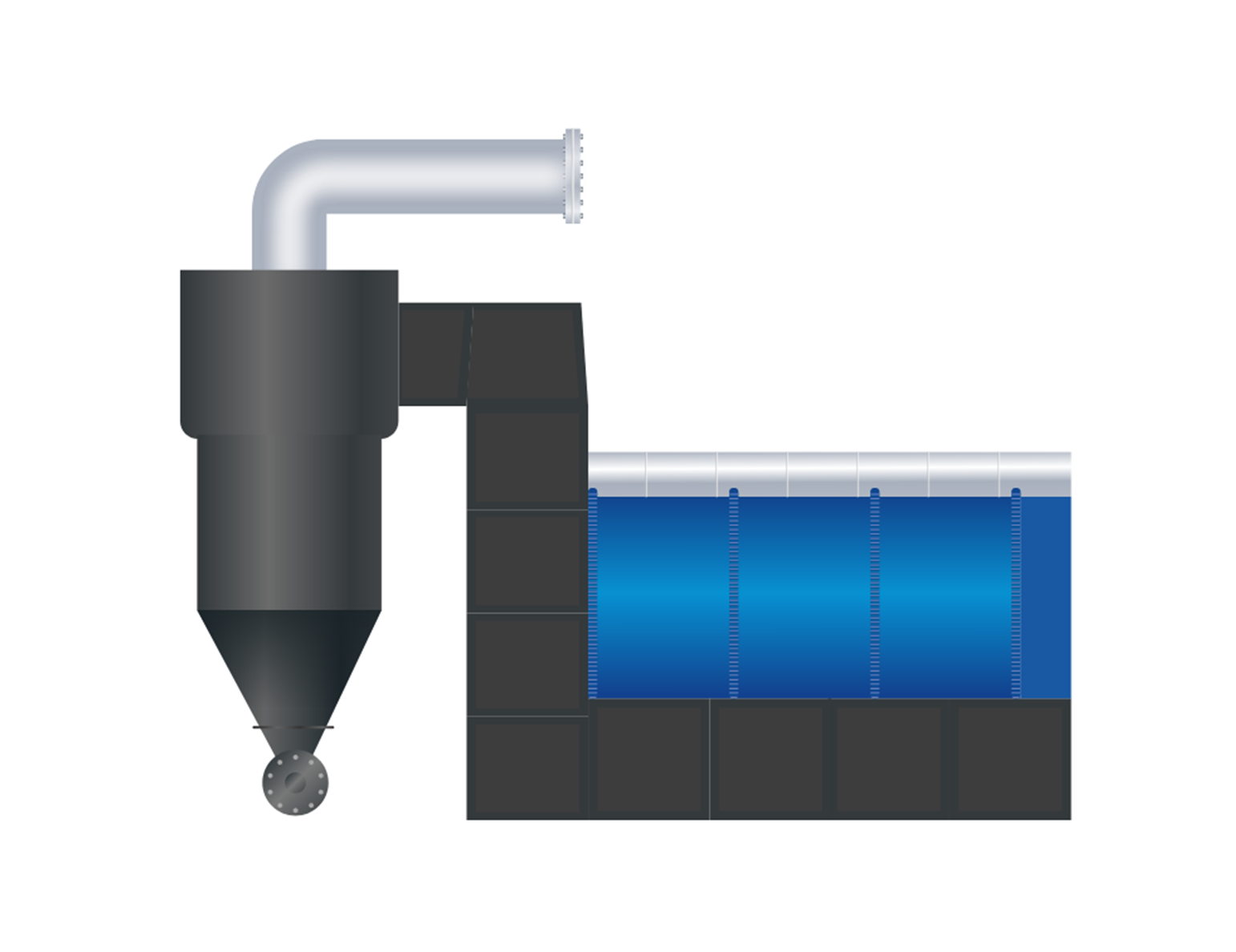
To eliminate any remaining moisture in the paper web, the paper machine's drying section uses rollers heated by steam. The inner cylinder surface develops a condensate coating as the steam loses heat, which affects the heat transfer to the paper. Continuous siphoning is required to remove this condensate. Pressure measurements at the cylinder inlet and outlet monitor the appropriate heat transfer level to the paper.
more info...